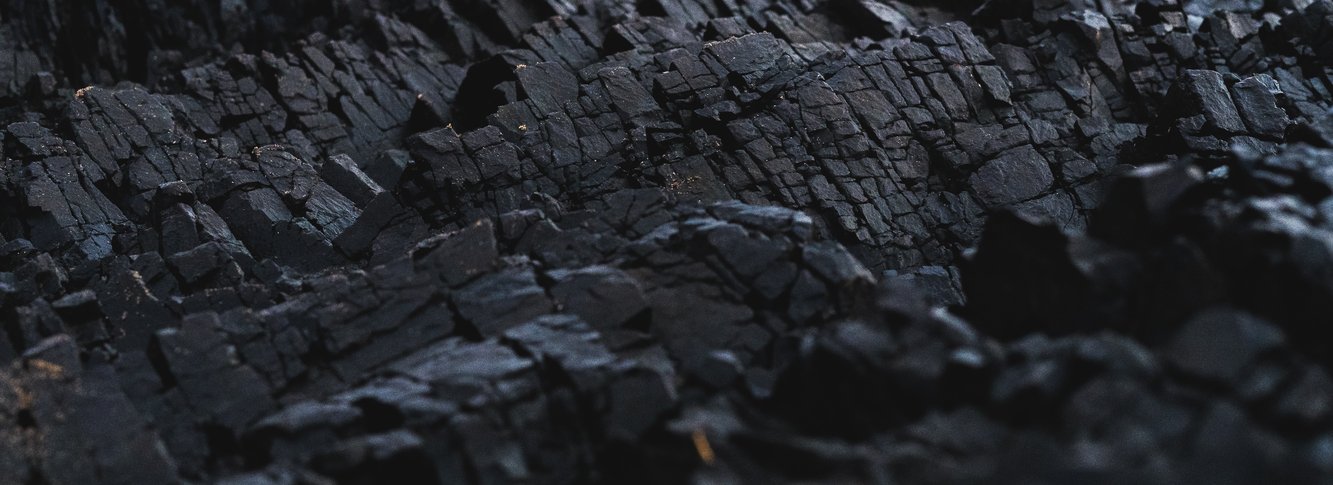| 1 min read
Different groups on the left have invested a variety of cultural meanings in the image of the British miner and the mining community. Tracing these over time, this article suggests that mythologised images of the solidaristic miner and the ‘traditional’ mining community flatten and simplify our understanding of the past, and of change over time in Britain's coalfields in the era of deindustrialisation since the mid-1950s. Oral history interviews conducted in the coalfields suggest that while much has been lost—most importantly, decent jobs, strong local economies and certain community ties—there have also been gains, such as growing egalitarianism in gender roles. Finally, the article suggests that an industrial strategy, but more importantly, a raft of policies such as community wealth building and Foundational Economy strategies are needed to bring back some of what has been lost while also working with the grain of more positive social changes.
Need help using Wiley? Click here for help using Wiley


